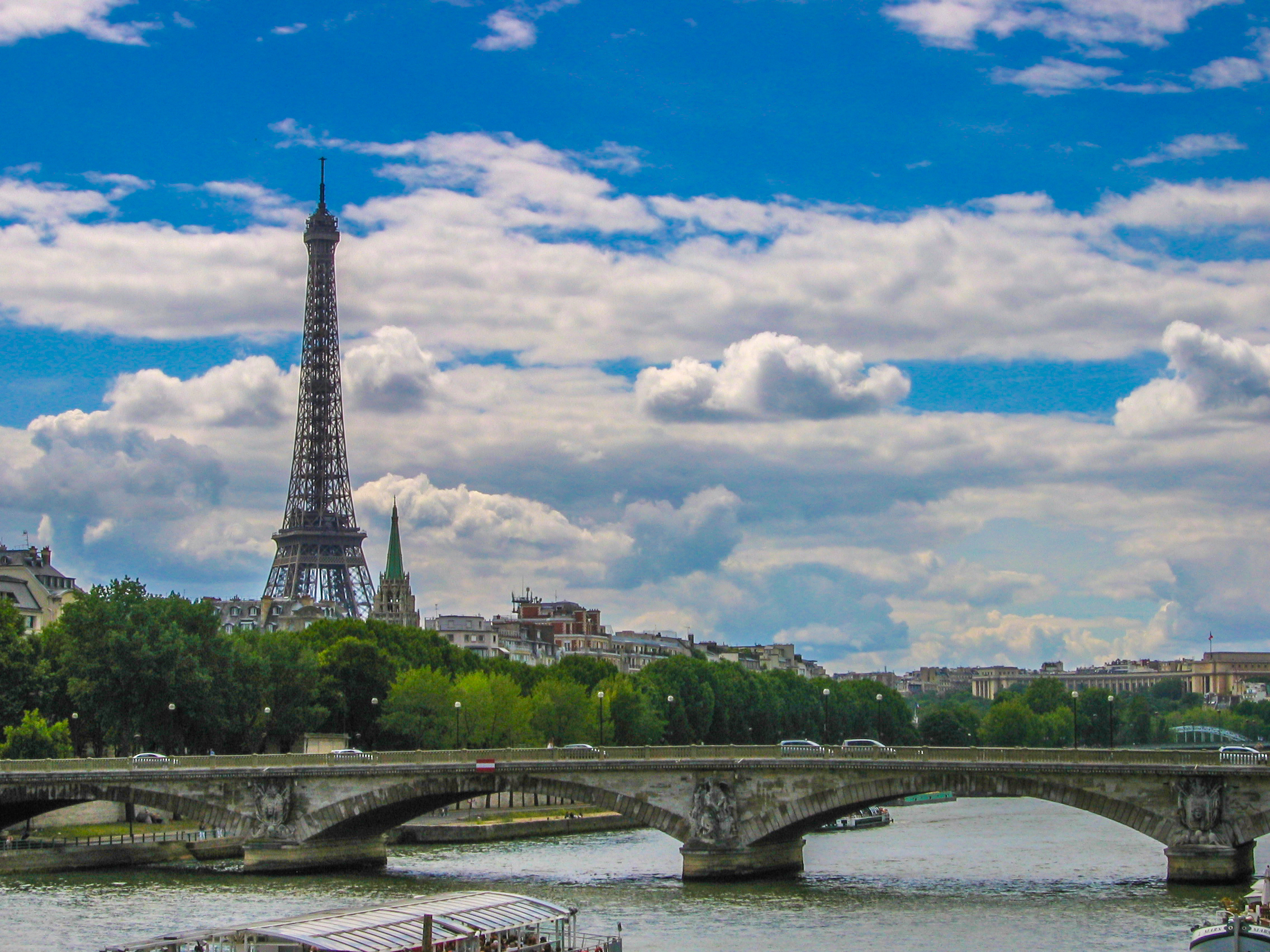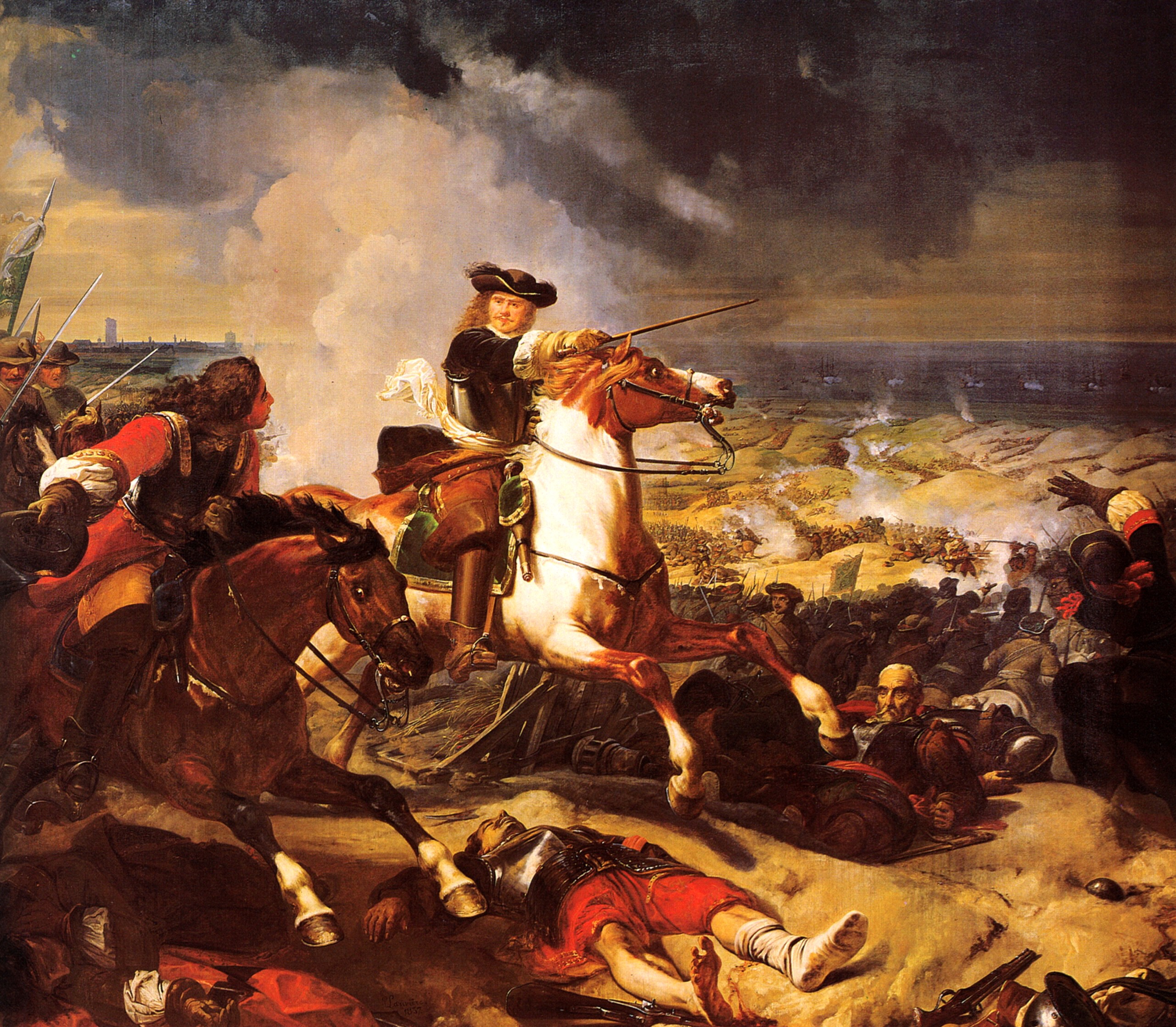|
Pont De Saint-Cloud
The Pont de Saint-Cloud (Bridge of Saint-Cloud) is a metal bridge which crosses the Seine between the Communes of France, communes of Boulogne-Billancourt and Saint-Cloud in the Departments of France, department of Hauts-de-Seine just west of Paris, France. History The first Pont de Saint-Cloud appeared in 841 because of a conflict between Charles the Bald et Lothaire I; it consisted of a wooden bridge supporting several mills. Although the Seine has been traversable at this location for twelve centuries, tradition holds that no king of France has traversed it on the bridge without suffering a sudden death. As a result, sovereigns crossed the Seine by boat. The wooden bridge was demolished after the death of Francis I of France, François I. In 1556 his son Henry II of France, Henri II constructed a new stone bridge consisting of eleven arches. This bridge was in turn demolished during Fronde#The Second Fronde, the Fronde des nobles (1650–1653), the Second Fronde and replaced ... [...More Info...] [...Related Items...] OR: [Wikipedia] [Google] [Baidu] |
Seine
The Seine ( , ) is a river in northern France. Its drainage basin is in the Paris Basin (a geological relative lowland) covering most of northern France. It rises at Source-Seine, northwest of Dijon in northeastern France in the Langres plateau, flowing through Paris and into the English Channel at Le Havre (and Honfleur on the left bank). It is navigable by ocean-going vessels as far as Rouen, from the sea. Over 60 percent of its length, as far as Burgundy (region), Burgundy, is negotiable by large barges and most tour boats, and nearly its whole length is available for recreational boating; Bateaux Mouches, excursion boats offer sightseeing tours of the river banks in the capital city, Paris. There are 37 List of bridges in Paris#Seine, bridges in Paris across the Seine (the most famous of which are the Pont Alexandre III and the Pont Neuf) and dozens List of crossings of the River Seine, more outside the city. A notable bridge, which is also the last along the course of ... [...More Info...] [...Related Items...] OR: [Wikipedia] [Google] [Baidu] |
Fronde
The Fronde () was a series of civil wars in the Kingdom of France between 1648 and 1653, occurring in the midst of the Franco-Spanish War, which had begun in 1635. The government of the young King Louis XIV confronted the combined opposition of the princes, the nobility, the noble regional court assemblies (''parlements''), as well as much of the French population, and managed to subdue them all. The dispute started when the government of France issued seven fiscal edicts, six of which were to increase taxation. The ''parlements'' resisted, questioned the constitutionality of the king's actions, and sought to check his powers. The Fronde was divided into two campaigns, the Parlementary Fronde and the Fronde of the Princes. The timing of the outbreak of the Parlementary Fronde, directly after the Peace of Westphalia (1648) that ended the Thirty Years' War, was significant. The nuclei of the armed bands that terrorized parts of France under aristocratic leaders during that peri ... [...More Info...] [...Related Items...] OR: [Wikipedia] [Google] [Baidu] |
Bridges Over The River Seine
This page is a list of present-day bridges over the River Seine and its channels, sorted by département, and then sorted from downstream to upstream. After each bridge is listed the name of the communes which it links together, with the one on the right bank of the river given first. The list does not include bridges over its tributaries. Beside the bridge crossings, eight ferry crossings, all located in the département de Seine Maritime are still in use as of 2020. From downstream up the first two are considered seagoing vessels (in reference to their gross tonnage) at Duclair and Quillebeuf sur Seine and the remaining six (Dieppedalle, Val de la Haye, La Bouille, le Mesnil sous Jumièges, Jumièges and Yainville) being smaller are considered river crafts and comply to respective regulations and crew requirements . Before 2009 the ferries operated by the département de Seine Maritime were free for the local cars (bearing the 76 registration) and a toll was charged for other fr ... [...More Info...] [...Related Items...] OR: [Wikipedia] [Google] [Baidu] |
Bridges Completed In The 16th Century
A bridge is a structure built to span a physical obstacle (such as a body of water, valley, road, or railway) without blocking the path underneath. It is constructed for the purpose of providing passage over the obstacle, which is usually something that is otherwise difficult or impossible to cross. There are many different designs of bridges, each serving a particular purpose and applicable to different situations. Designs of bridges vary depending on factors such as the function of the bridge, the nature of the terrain where the bridge is constructed and anchored, the material used to make it, and the funds available to build it. The earliest bridges were likely made with fallen trees and stepping stones. The Neolithic people built boardwalk bridges across marshland. The Arkadiko Bridge, dating from the 13th century BC, in the Peloponnese is one of the oldest arch bridges in existence and use. Etymology The ''Oxford English Dictionary'' traces the origin of the word ''bridge' ... [...More Info...] [...Related Items...] OR: [Wikipedia] [Google] [Baidu] |
1556 Establishments In France
Year 1556 ( MDLVI) was a leap year starting on Wednesday of the Julian calendar. Events January–March * January 4 – In Japan, Saitō Yoshitatsu, the eldest son of Saitō Dōsan, arranges the murders of his two younger brothers, Magoshiro and Kiheiji, and forces his father to flee from the Sagiyama Castle. * January 16 – Charles V abdicates the thrones of the Spanish Empire (including his colonies in the New World) in favor of his son, Philip II, and retires to a monastery. * January 23 – The Shaanxi earthquake, the deadliest earthquake in history, occurs with its epicenter in Shaanxi province, China; 830,000 people may have been killed. * January 24 – In India, at the Sher Mandal in Delhi, the Mughal Emperor Humayun trips while descending the stairs from his library and strikes the side of his head against a stone step, sustaining a fatal injury. He never regains consciousness and dies seven days later. * February 5 – Truce of Vauce ... [...More Info...] [...Related Items...] OR: [Wikipedia] [Google] [Baidu] |
Genevieve Pezet
Genevieve Pezet, born as Genevieve Beatrice White, and mononymously signed her work Genevieve (December 19, 1913 – January 23, 2009) was an American-born French artist, known for her paintings, ceramics, and sculptures. She was most active from around the 1940s until 2000. Life Genevieve Beatrice White was born December 19, 1913, in Sandpoint, Idaho and she was raised in Troy, Montana. In 1928, she attended Washington State University in Pullman, Washington. Pezet started painting while studying philosophy at Columbia University. She continued her studies at the Art Students League of New York, while teaching at the New York School of Interior Design. In 1947, she moved to Paris and she studied painting with André Lhote at the André Lhote Academy and sculpture with Ossip Zadkine in 1956 at the Académie de la Grande Chaumière. In 1948, she married Jacques Pezet at the Saint-Sulpice church in Paris. Together they had two sons. In 1954, she participated in the ''Salon de la ... [...More Info...] [...Related Items...] OR: [Wikipedia] [Google] [Baidu] |
Fine Arts Museum Of Nantes
The Fine Arts Museum of Nantes (French: Musée d'Arts de Nantes), along with 14 other provincial museums, was created, by consular decree on 14 Fructidor in year IX (31 August 1801). Today the museum is one of the largest museums in the region. The facades, roof and stairs in the building that houses the art collections have been registered as historical monuments since 29 October 1975. On 18 December 2011, the museum closed its doors for what was initially expected to be two years at most, to carry out extension expansion work. Due to problems associate with the discovery of ground water in the foundations, which required almost four years of additional work, the reopening of the entire building (renamed the "Art Museum of Nantes") was postponed until 23 June 2017. Overview Founded under the Consulate by Napoléon Bonaparte, the Fine Arts Museum of Nantes receives work purchased by state and the central museum deposits (the Louvre). It takes from the 19th century, where it w ... [...More Info...] [...Related Items...] OR: [Wikipedia] [Google] [Baidu] |
Alfred Sisley
Alfred Sisley (; ; 30 October 1839 – 29 January 1899) was an Impressionist landscape painter who was born and spent most of his life in France, but retained British citizenship. He was the most consistent of the Impressionists in his dedication to painting landscape ''en plein air'' (i.e., outdoors). He deviated into figure painting only rarely and, unlike Renoir and Pissarro, he found that Impressionism fulfilled his artistic needs. Among his important works are a series of paintings of the River Thames, mostly around Hampton Court, executed in 1874, and landscapes depicting places in or near Moret-sur-Loing. The notable paintings of the Seine and its bridges in the former suburbs of Paris are like many of his landscapes, characterised by tranquillity, in pale shades of green, pink, purple, dusty blue and cream. Over the years Sisley's power of expression and colour intensity increased. Richard Shone: ''Sisley.'' London: Phaidon Press 1999. Biography Sisley was born ... [...More Info...] [...Related Items...] OR: [Wikipedia] [Google] [Baidu] |
Paris Métro Line 10
Paris Métro Line 10 is one of 16 Paris métro, metro lines in Paris, France. The line links in Boulogne-Billancourt in the west with , traveling under the neighborhoods situated on the Rive Gauche in the southern half of Paris and the commune of Boulogne-Billancourt. Its two termini are and . The line is entirely underground and stretches across 23 stations. It has the least traffic of any of the 14 main metro lines (excluding lines Paris Métro Line 3bis, 3bis and Paris Métro Line 7bis, 7bis). Initially, the MA 51 model trains, which had previously been used on Paris Métro Line 13, Line 13 until it joined Paris Métro Line 14, Line 14, circulated on the tracks of Line 10. These trains were first constructed with three cars on four Bogie, bogies per train, and two trains permanently connected to make six cars per train, having an equivalent capacity to five cars on the classic metro trains. Because of the ineffectiveness of the MA 51 model, it was eventually completely re ... [...More Info...] [...Related Items...] OR: [Wikipedia] [Google] [Baidu] |
Paris Métro
The Paris Métro (, , or , ), short for Métropolitain (), is a rapid transit system serving the Paris metropolitan area in France. A symbol of the city, it is known for its density within the capital's territorial limits, uniform architecture and Paris Métro entrances by Hector Guimard, historical entrances influenced by Art Nouveau. The system is long, mostly underground. It has 321 stations of which 61 have transfers between lines. The Montmartre funicular is considered to be part of the metro system within which is represented by a 303rd fictive station, "Funiculaire".Statistiques Syndicat des transports d'Île-de-France rapport 2005' (in French) states 297 stations + Olympiades + Les Agnettes + Les Courtilles The Métro has sixteen lines (with an additional Grand Paris Express, four under construction), numbered 1 to 14, with two lines, Paris Métro Line 3bis, Line 3bis and Paris Métro Line 7bis, Line 7bis, named because they used to be part of Paris Métro Line 3, Lin ... [...More Info...] [...Related Items...] OR: [Wikipedia] [Google] [Baidu] |






